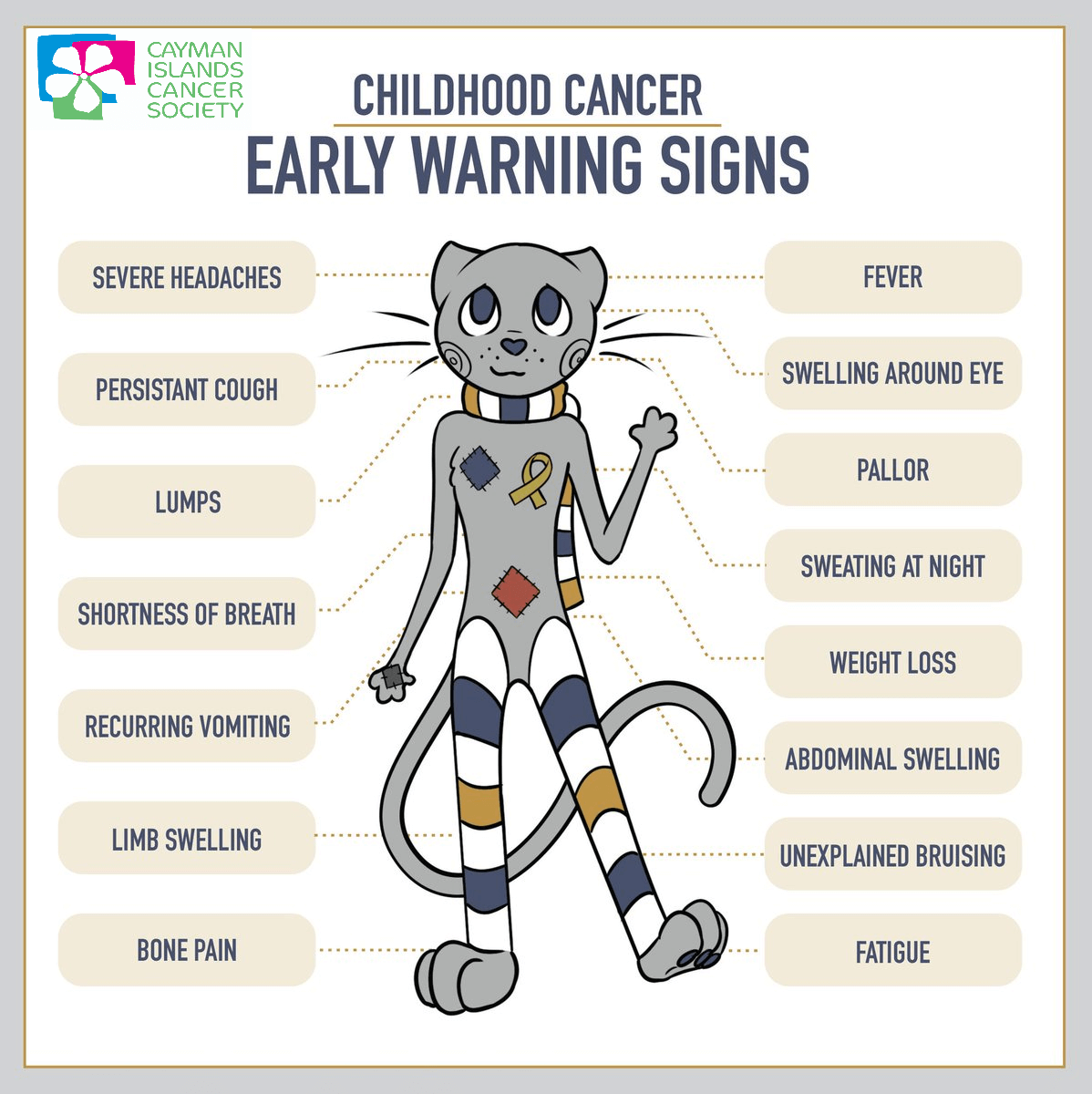Childhood Cancers
Awareness!
September is observed as Childhood Cancer Awareness Month. No parent wants to hear, “your child has cancer.” But families globally, hear these four words every 3 minutes and their lives are then turned upside-down. For the families of the more than 300,000 children diagnosed with cancer each year, there is some good news that the survival rates for many types of childhood cancer have improved. However, cancer will shorten the lives of many children too soon.

What is Childhood Cancer?
The types of cancers that occur in children vary greatly from those seen in adults. They tend to occur in different parts of the body; they look different under the microscope, and they respond differently to treatment. Cure rates for children are much higher than for most adult cancers. Because of significant advances in therapy, 82% of children with cancer will survive 5 years or more. Aggressive treatment can sometimes lead to learning disabilities.
Common Symptoms
The early symptoms of childhood cancer are often similar to ones that are commonly seen in other illnesses. These symptoms may include fever, feeling tired, swollen glands, or weight loss.
Others, such as bruising or tender joints or bones, may lead a parent to suspect an injury. When these signs and symptoms last or are severe, the doctor may order tests to check for cancer or other illnesses.
Tests and Procedures
The following tests and procedures are used to diagnose cancer in children. The type of test done depends on your child’s symptoms, age, medical history, and the type of cancer doctors think it may be.
- A physical examination and blood tests
- Scans are imaging tests that make pictures of areas inside the body. Types of scans include CT scan, MRI, PET scan, x-ray, and ultrasound. A radiologist is a doctor who reviews the scans and sends a report of the findings to your child’s doctor.
- A biopsy is a procedure in which samples of cells or tissue are removed and then checked to find out if cancer cells are present. When possible, biopsies should be done at a hospital that specializes in diagnosing cancer in children. A pathologist will study the cells or tissue samples taken during the biopsy and write a pathology report. This report describes what the cells or tissues look like when examined with a microscope and includes the diagnosis.
Choosing Where to Have Your Child Treated
Most children with cancer receive treatment at places that specialize in treating cancer in children—such as a children’s hospital, university medical center, or cancer center. Hospitals that have experts in treating children with cancer are usually member institutions of the Children’s Oncology Group (COG). COG is the world’s largest organization devoted to clinical research to improve the care and treatment of children and adolescents with cancer.
